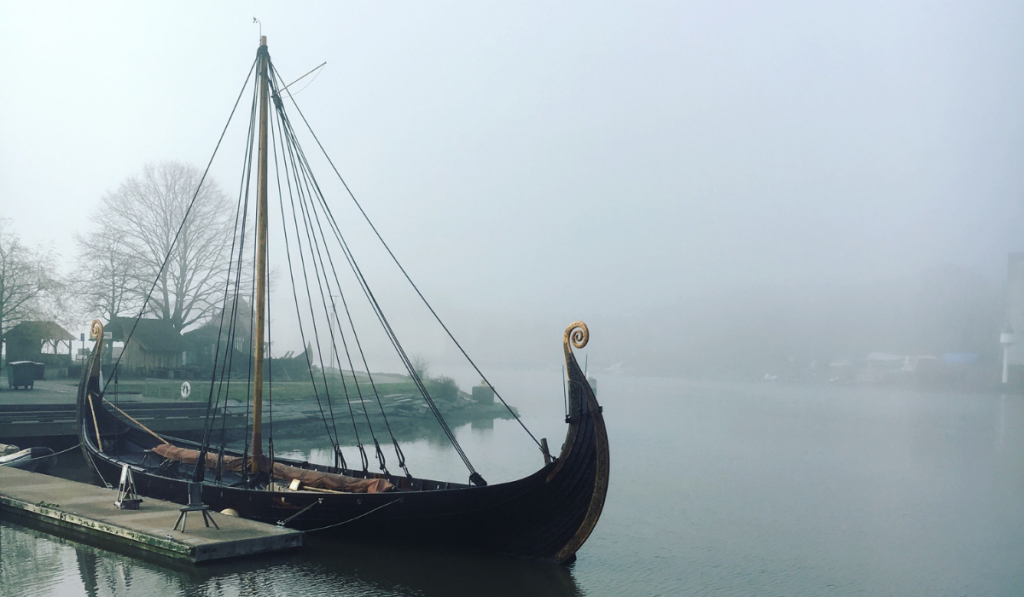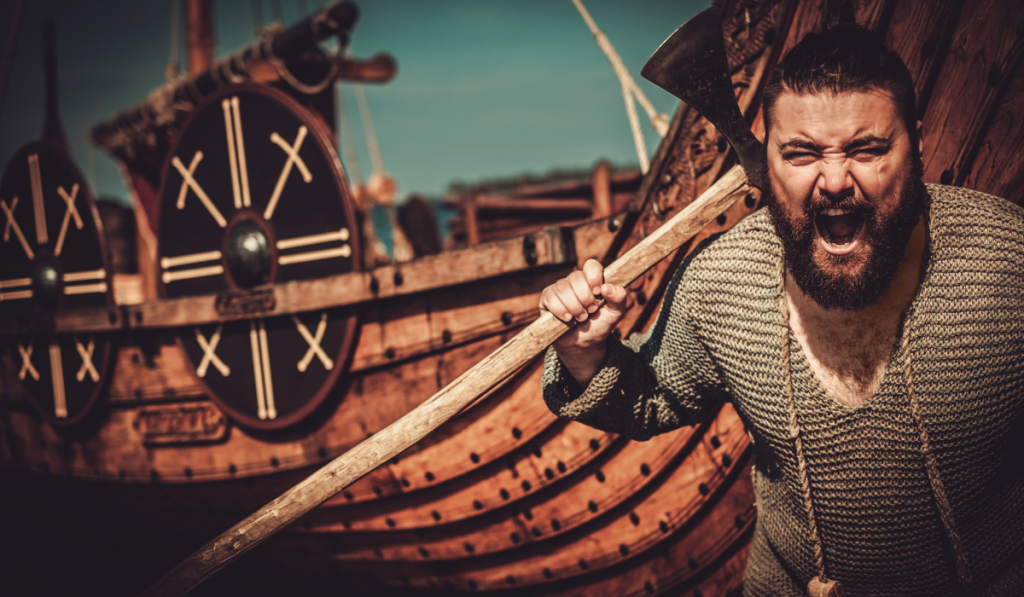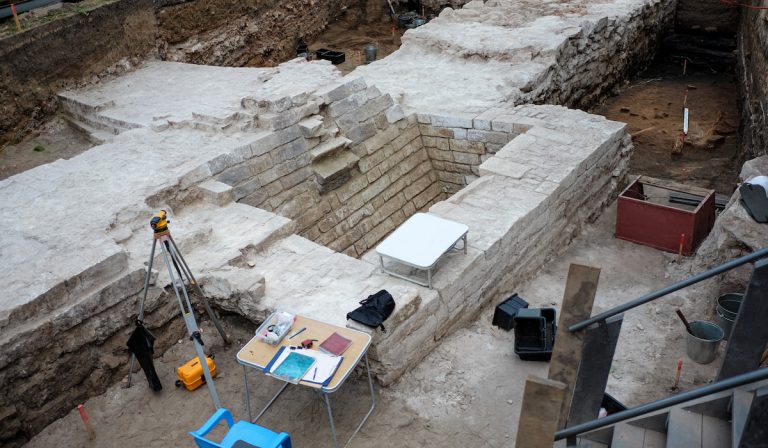Did The Vikings Come From Gotland?
When it comes to history, few civilizations were more exciting than the infamous northern raiders known as Vikings. Due to a resurgence of interest in the civilization due to popular media, there is a new generation of history buffs looking to pick every strip of historical flesh off the bone in regards to this surprisingly intelligent society.
But did these nightmarish raiders originate from the Swedish island of Gotland?
By all historical accounts, Gotland is almost certainly one of the biggest hubs of civilization for the seafaring Vikings.
It was one of the wealthiest areas in Scandinavia due to its geographical location making it very suitable for trade. By the end of this article, we will discuss why Gotland was so significant, the origins of the Vikings, and more!

The Gutes of Gotland
Like most northern civilizations in the middle ages, there is not much in the way of categorical fact when it comes to the origins of the Vikings.
We do have on record several hoards of Viking treasure and artifacts, a society of people that traveled as far as North America (well before Columbus), and several historical accounts of their escapades.
So while we do borrow from several ancient historians, it is hard to determine what exactly is exaggerated or not.
The Early Economy
The fishing hamlets of Gotland were comprised of several resourceful people or “Goths” who were not only adept farmers but skilled sailors who were surprisingly a lot more cleanly than historical fiction gives them credit for. It’s believed that close to five dozen villages were in and around the coasts of Gotland.
These villages existed primarily through an economy built around fishing, farming, and incredibly impressive trade routes that featured a number of different countries and continents.
The trade to and from Gotland must have truly been something to behold, there are artifacts from Italy, Poland, the middle east, Sweden, and far more.
To put it in perspective, archaeologists have discovered over two times the amount of wealth in Gotland than the entirety of Sweden, which could fit Gotland in it over 130 times.
While a great deal of this came from the later raids, it can’t be discounted that a good deal of wealth was amassed through other more ethical means.
The Viking Age

While several Vikings called Gotland home, it wasn’t uncommon for these sailors to live nomadic lives.
When they were enjoying their summer activities of pillaging, trading, followed by more pillaging, many would often plant roots on foreign shores or extensive networks of rivers and lakes.
Often times when these Vikings would return from these long voyages they wouldn’t just come back with riches, but also people.
If we are going off what we know now these unfortunate people were likely slaves or “thralls” as they were called in Viking society.
Dig sites have found evidence of the existence of bodies that originated east of Gotland, likely the victims of a summer raid.
Human trafficking was a regrettably large part of Scandinavian society at this time and people were regularly bought and sold, typically from foreign countries.
The typical raider had a unique business model where they would violently steal anything that wasn’t bolted down (men, women, and children included), take their spoils to the bigger trading ports, and sell the treasures as a valuable trade commodity.
As morally bankrupt as this cycle may be, it made them unbelievably wealthy. No group more so than the Gutes of Gotland, who amassed a fortune that exceeded most kingdoms.
It should be said that Gotland unlike today, was very much its own entity. In fact, it was very common for the different tribes and villages of Vikings to go after one another and Gotland was not excluded from these neighboring scuffles.
The irony in this is that their raids on the British Isles were largely successful due primarily to the skirmishes between the petty kings of the time.
While minor kings would spread their armies thin the Vikings would come in, loot a village, and be gone on their ships before any notable army could show up.
The few unfortunate guards and soldiers that would be positioned there were usually ambushed and overwhelmed quickly before any resistance could be met.

Gotland is not the sole origin of Vikings however, they permeated the entirety of Scandinavia or modern-day Norway, Denmark, and Sweden.
This was only the start however and these Northmen quickly spread across the known world like English ivy. They migrated to Britain, parts of North America (named Vinland by the Norse explorer Leif Erikson), and into several parts of Europe.
The End of The Vikings
The Viking age was over at around 1066 after the Norwegian king Harold Hardrada was unsuccessful in his invasion of England, who at this point was now ruled by a man who had also descended from Vikings.
A great deal of the original Vikings now had descendants throughout the countries they use to raid and despite formerly raiding monasteries ad nauseam, a large majority of their people were now Christians.
So to put it bluntly, they didn’t really fade away, they assimilated. As more and more Vikings took over areas of what is now known as the United Kingdom it became clear that raiding was going to become impossible in the following years and the raiding parties eventually stopped altogether.
Despite this, they are still one of the most fascinating and unique civilizations that has existed and this is only further proven by the fascination so many still have with the skilled marauders.
Conclusion
The Vikings may be a society now lost to time but their historical footprint is still firmly indented into the sands of time. This can be felt nowhere more significantly than Sweden’s largest island of Gotland, where Vikings hoarded more silver than anywhere else in the known world.
So while the shipbuilding raiders of the middle ages may have come from all different corners of Scandinavia, they flourished in Gotland.







